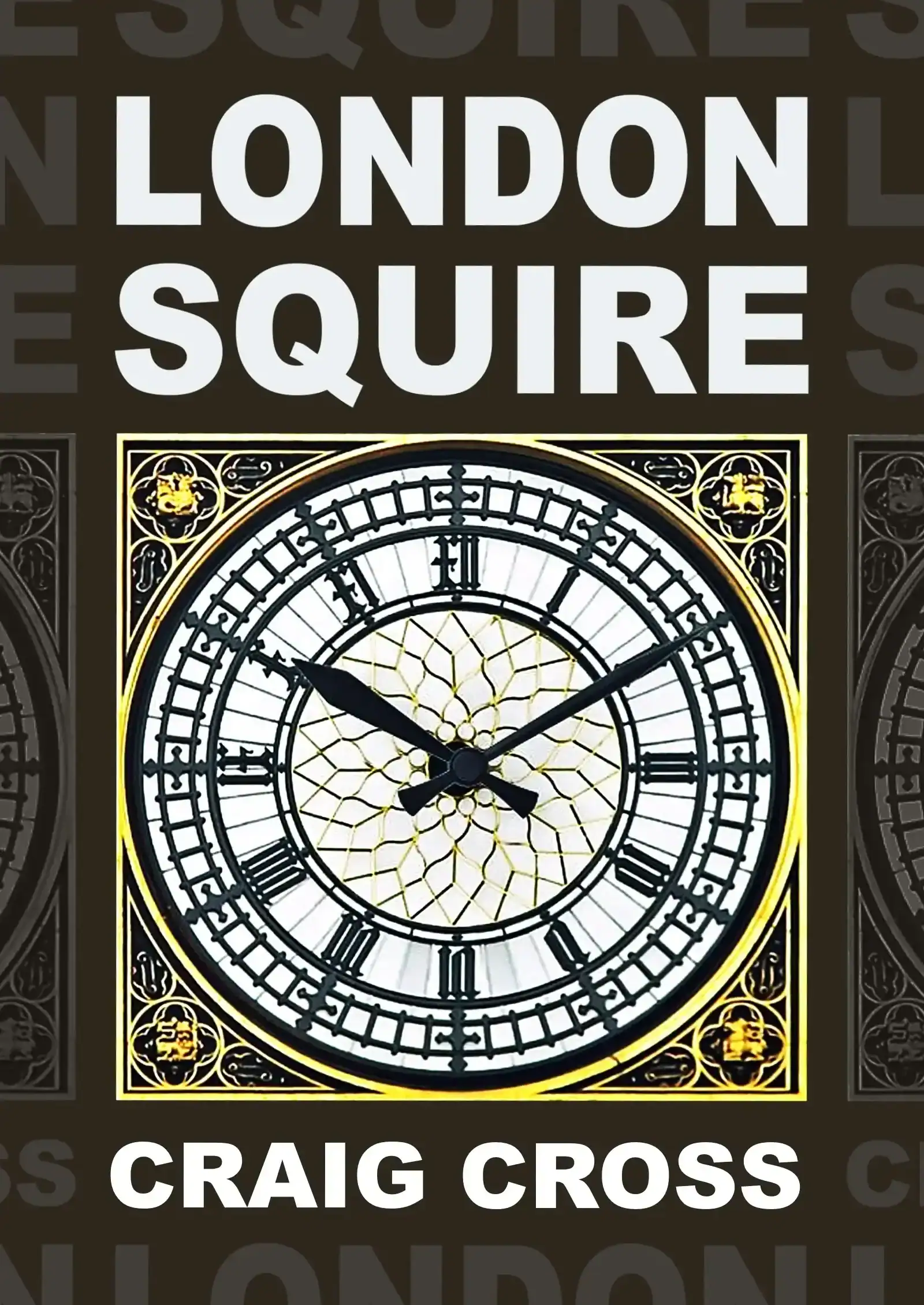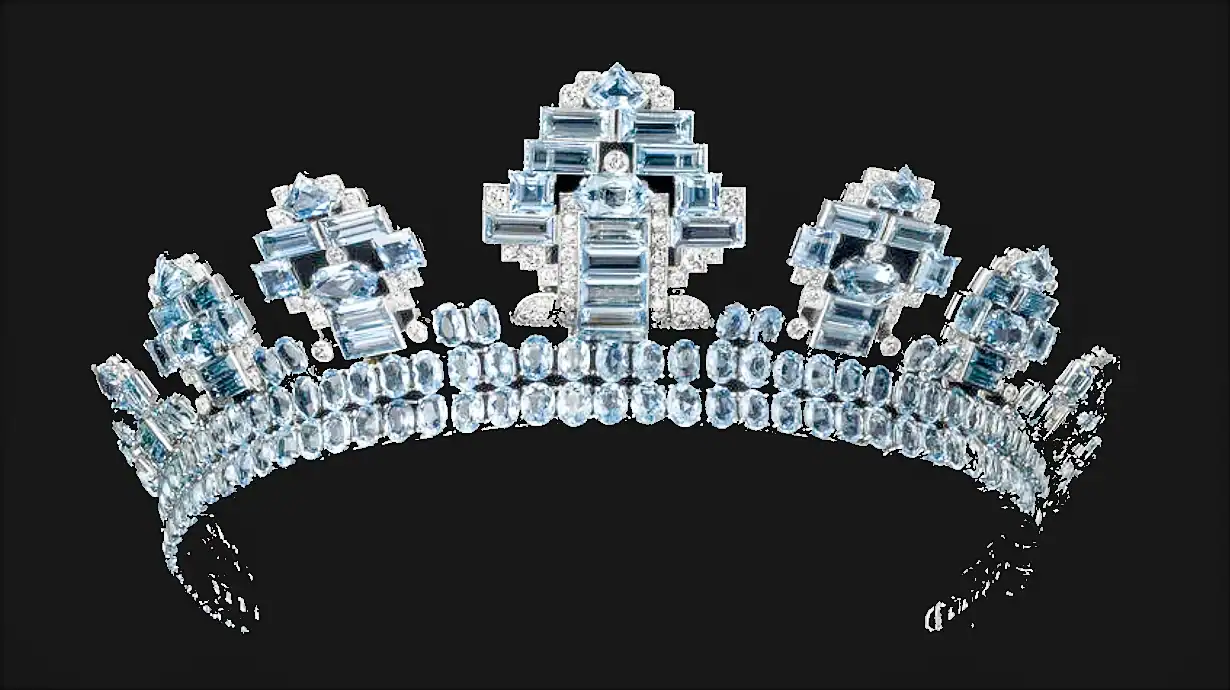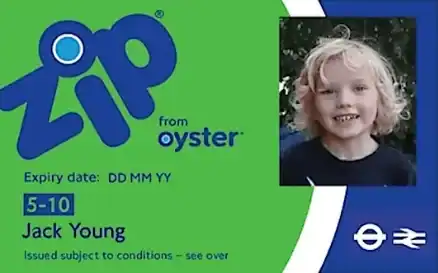Ancient India: Living Traditions at the British Museum
 Photo: britishmuseum.org
Photo: britishmuseum.orgSpanning more than 2,000 years of history, the British Museum's major new exhibition will explore the origins of Hindu, Jain and Buddhist art in India, and examine how it spread along the Silk Roads to East Asia and across the Indian Ocean to Southeast Asia.
The exhibition will showcase more than 180 objects, sculptures, paintings, drawings and manuscripts, examining the inspiration for their appearance, the stories behind them, and their provenance from creation to later acquisition by the museums.
 Photo: britishmuseum.org
Photo: britishmuseum.orgMuch of this sacred art will be familiar to many, as they are still an integral part of the daily lives of almost two billion people around the world. But where did the image of the beloved Hindu god Ganesha with his elephant head originate? And who created the images of the enlightened Buddha and Jain teachers?
The exhibition will explore the origins of all of these representations, of the gods, the powerful nature spirits, and the divine serpents of ancient India.
 Photo: britishmuseum.org
Photo: britishmuseum.orgNature spirits, divine serpents and animal-headed deities
The exhibition begins in 200 BC and will envelope you in the intoxicating sights, sounds and scents of ancient India. At this time the sub-continent was still covered in dense forests watered by rivers and monsoon rains, and the people worshipped powerful nature spirits and sacred snakes. These rural communities believed that the gods controlled the success of their harvests, and courted them with monumental stone sculptures and terracotta figures.
 Photo: britishmuseum.org
Photo: britishmuseum.orgSerpents were one of the oldest of all deities worshipped in India, and were usually depicted as a many-headed cobra. They were believed to grant wealth, fertility and protection. Whereas nature spirits had human bodies and animal heads - much like the beloved god Ganesha, who became one of the most well-known gods amongst Hindus, Buddhists and Jains.
 Photo: britishmuseum.org
Photo: britishmuseum.orgJain art and Buddhist art
Jain art revolved around the 24 enlightened teachers, called tirthankaras. The earliest examples of tirthankara date from around 2,000 years ago and were created from mottled pink sandstone in the ancient city of Mathura. These earliest images also incorporated features from the divine snakes and nature spirits.
 Photo: britishmuseum.org
Photo: britishmuseum.orgBuddhist art focused on scenes from Buddha's life. At first he was only shown through symbols such as footprints, or a tree, but by the 2nd century AD we begin to see him appear in human form. The earliest known example is a cylindrical gold reliquary inset with garnets and turquoise from about 100 AD.
 Photo: britishmuseum.org
Photo: britishmuseum.orgHindu art: Temples and many-armed deities
Deities in Hindu art were originally depicted through elements in nature but - as with Jain and Buddhist art - they began to take human form around 2,000 years ago. A period of architectural innovation around 320–550 AD led to spectacular stone temples being bult to house these images, which were then embellished with intricate carvings and narrative panels that told stories from India's epic poems.
How to get to the British Museum
| Fare zone | Cash | Oyster & Contactless | Travelcard | ||||
|---|---|---|---|---|---|---|---|
| Single fare | Single fare | Daily cap | One day | ||||
| Peak | Off-peak | Peak | Off-peak | Anytime | Off-peak | ||
| Bus | n/a | 1.75 | 5.25 | 6 | |||
| Train (zone 1) | 7 | 2.90 | 2.80 | 8.90 | 8.90 | 16.60(zone 1-4) | 16.60(zone 1-6) |
| Train (zone 1-2) | 7 | 3.50 | 2.90 | 8.90 | 8.90 | ||
| Train (zone 1-3) | 7 | 3.80 | 3.10 | 10.50 | 10.50 | ||
| Train (zone 1-4) | 7 | 4.60 | 3.40 | 12.80 | 12.80 | ||
| Note: Prices are correct as of | |||||||
 London Squire guidebook – Check out my guidebook available to buy at Amazon, Apple and Kobo. I’ve spent the last twenty years visiting London’s landmarks, attractions and hotels and collected all of my reviews, example itineraries, advice about using the buses and trains, and handy practical info into an eBook, along with 650 original photographs
London Squire guidebook – Check out my guidebook available to buy at Amazon, Apple and Kobo. I’ve spent the last twenty years visiting London’s landmarks, attractions and hotels and collected all of my reviews, example itineraries, advice about using the buses and trains, and handy practical info into an eBook, along with 650 original photographs
You might be interested in
Search for more museum exhibitions in London, or look for things to do in Bloomsbury. Check out all the other events in London today, tomorrow, this weekend and during August











Your comments (2)
Are you going? Have you been?
Ask a question, or share your experience of this event
Dhrajlal Shah How can I get free entrance on Fridays?
↳Staff Hi Dhrajlal. The info from the British Museum says "free on all Fridays for anyone who may find the price a barrier. Select ‘Free on Fridays’ when booking your timeslot" – so you still have to book a ticket at britishmuseum.org/exhibitions/ancient-india-living-traditions
Leave a comment (no need to register)
More London museums Viator (a Tripadvisor company) Pre-book your museum entry tickets, or take a tour in the company of an expert guide · Free cancellation if made at least 24 hours in advance * restrictions apply